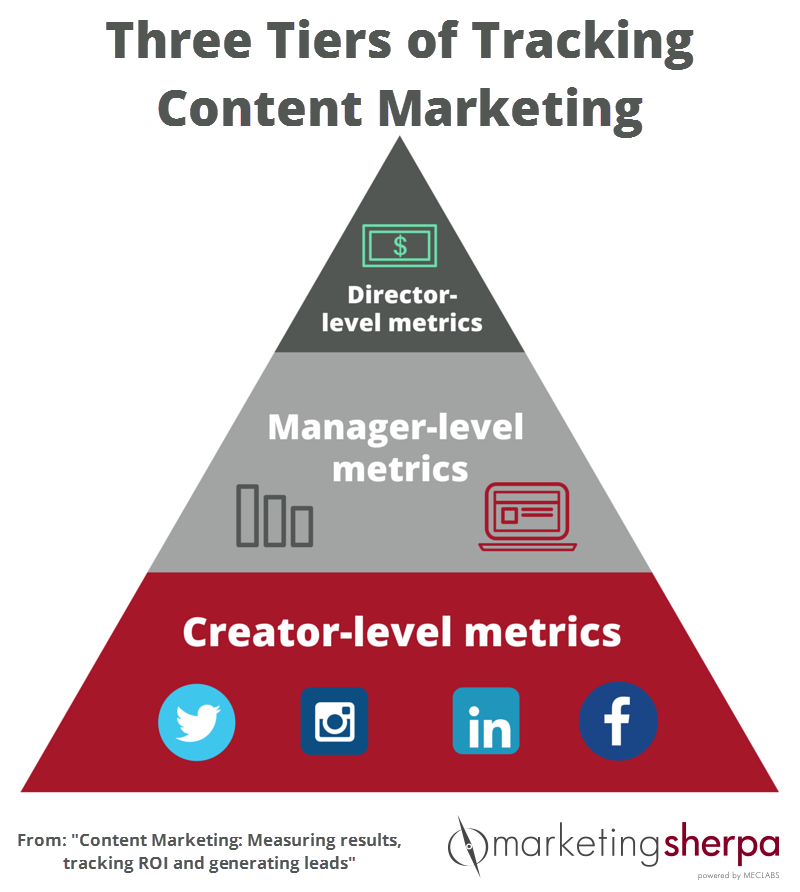(Editor’s Note: When we first conceived of The Last Blog Post experiment, we thought it would be another way to learn from successful marketers and thought leaders. What we never imagined is how harrowingly close life can imitate marketing…as Scott explains in this post.
So while we’re a few weeks past The Last Blog Post experiment, I wanted to publish this one last insight since successful marketing must imitate life. And while, from my perspective, Scott has always had an impressive ability to understand people, businesses, processes and systems at their core, I believe his recent experience has further clarified that knowledge…)
Just prior to my 45th birthday, our editor asked me to provide a contribution to a blog event titled “The Last Blog Post.” He stated the idea came from the concepts of the book entitled The Last Lecture, that I had recommended to him.
As sharing things I have learned along the way is a passion of mine, I could not help myself but to say yes. My assistant, the best assistant anyone could ask for in the world I might add, argued that with my current focus and only two weeks lead time, there would be no way for me to complete the assignment on time. However, much to her chagrin, I took the task and added it to my long list.
The only thing I asked of our editor was that he provide me with some questions to get myself thinking along the direction he wanted this to trend, which he gratefully did. I carefully planned my writing time and set off to complete this assignment, as part of the many things I had taken on.
Little did I know that a few days later, on my 45th birthday, I would get that wakeup call we all fear. Just after the kind group of people that I work with and serve presented me with some wonderful cupcakes and a gift, I realized that the constant pressure in my chest and shortness of breath would not go away. At first, I said, “Hey, it’s my birthday; I will deal with this tomorrow.”
But, thanks to Lisa, my wonderful persistent wife, I decided to give myself a different kind of present. I went to the hospital, just to get cleared, before I headed off to celebrate. Well, a few days later, which included having to be jump started (as my children called it) once along the way, thanks to the great care of the staff from the Jacksonville Heart Center and the Baptist Hospital, I got a second chance.
Now, with a new diet (thanks to my family and everyone at MECLABS ), some new pills and a few more cardiac procedures to go staring me in the face, I was told I did not need to worry about trying to hit the deadline to produce my Last Blog Post, since, well, I came all too close to it actually being my very last anything. So, I tried not to think about it and focus on catching up on my major projects. While I did not hit the deadline, I could not help but put a few of my thoughts on paper.
I wanted to focus on three areas in particular: 1) Good vs. bad people, 2) Short-term vs. Long-term approaches, and 3) Balancing work and life.
Good vs. bad people
With respect to good people vs. bad people (in fairness to my editor, the question as he posed it was more along the lines of what makes a good/bad leader and/or employee), I find it quite easy to state it this way. Most people are fundamentally good and it is simply their behavior that is bad.
More specifically, I define behavior that considers one’s own self-interest at the expense of other people’s interest as bad. The reality is that we are all guilty of “bad” behavior from time to time. The goal is therefore to prevent it first.
However, on those, hopefully rare, occasions when our behavior fits this definition of bad, it is incumbent upon us to admit it, apologize for it, make our penance and be darn sure we do not repeat the act. See a parallel to customer service and public relations here? I hope so.
At the end of all our days, the only thing that will really matter is the relationships we have and have had along the way.
Short-term vs. long-term approaches
We often hear people define others by whether they are thinking short term or long term in their strategy. Especially in today’s world, the short term, that is instant gratification, has become what we want.
However, I have watched people and businesses continue to fall flat on their faces with this short term approach because they lose their raison d’etre (the long term). What I try to help people understand is a simple adage that a mentor from my college days shared with me; don’t confuse fun with happiness.
He was not trying to say don’t go out and have fun. What he meant was – don’t let having fun get in the way of achieving the short term goals you needed to achieve in order to meet your long term objectives, which will leave you feeling fulfilled and happy. For a deeper study of this concept, I recommend Spencer Johnson’s The Present and Steven Covey’s The 7 Habits of Highly Effective People.
Likewise, a splashy advertising campaign is certainly fun, but is it serving your customers in the long term? Are you building a sustainable business or a flash in the pan?
Balancing work and life
The concept of working on short-term goals that will allow you to achieve your long-term objectives is how I build my approach to “balancing work and life.” Let me first explain that you cannot have “work-life balance” from my perspective. It makes the flawed assumption that your life and your work are two distinct and mutually exclusive entities. I argue that your work is a subset of your life, just as your family, schooling and time spent with friends are subsets.
The key to balancing them comes down to understanding the purpose you have dedicated your life to fulfilling and understanding how each of the pieces moves you closer to the life objective you have set out to achieve.
I will never forget the first short on the companion DVD to The 8th Habit. It defined life with four key elements: living, loving, learning and leaving a legacy. There is no reason that work you do cannot contribute to your living, your loving, your learning and the legacy you leave behind.
Consider those elements in every campaign you create. Does that campaign represent your best efforts for both your company and your audience? After all, there is no “work you” and “home you.” There is only “you.” Ask yourself…do you, all of you, truly stand behind that latest campaign?
And in the end…
So, at the end of it all I will say that you simply have to do the following:
- Find a purpose that moves you and will improve the lives of others
- Understand how what you are doing today will help you to achieve that purpose and
- Realize that without other people to share our journey you may as well just stay where you are.
Related resources
Marketing Wisdom: In the end, it’s all about…
The Last Blog Post: Marketers must embrace change
The Last Blog Post: 5 Lessons I’d Leave Behind
The Last Blog Post- What Marketers can learn from The Last Lecture
The Last Blog: It All Begins with Trust
The Last Blog Post: How to succeed in an era of Transparent Marketing





 At MECLABS, we’re constantly trying to learn more about what really works in marketing. Through research. Through reporting. And by simply asking marketers like you.
At MECLABS, we’re constantly trying to learn more about what really works in marketing. Through research. Through reporting. And by simply asking marketers like you.





